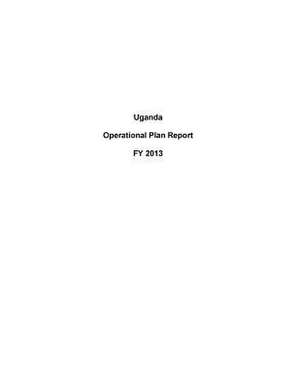Uganda Operational Plan Report Fy 2013
Autor United States Department of Stateen Limba Engleză Paperback
Preț: 179.94 lei
Nou
Puncte Express: 270
Preț estimativ în valută:
34.43€ • 36.82$ • 28.71£
34.43€ • 36.82$ • 28.71£
Carte disponibilă
Livrare economică 28 martie-11 aprilie
Preluare comenzi: 021 569.72.76
Specificații
ISBN-13: 9781503194151
ISBN-10: 1503194159
Pagini: 594
Dimensiuni: 216 x 279 x 30 mm
Greutate: 1.36 kg
Editura: CREATESPACE
ISBN-10: 1503194159
Pagini: 594
Dimensiuni: 216 x 279 x 30 mm
Greutate: 1.36 kg
Editura: CREATESPACE
